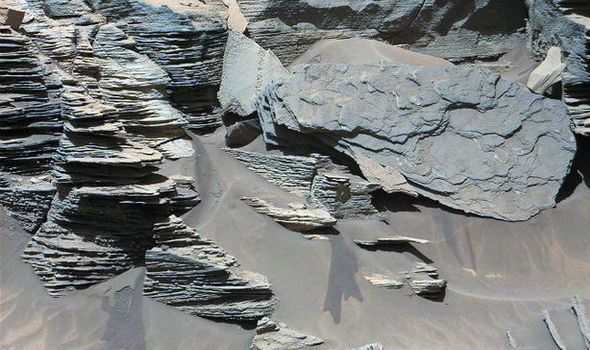Mars is a kind of planet having a number of textures. Pictures snapped by orbiting spacecraft give us an idea about the breadth and depth of the bewildering landscapes of Mars. A sight of frosty-appearing part of region at the North Pole of the planet was captured by the Roscosmos and ESA ExoMars Trace Gas Orbiter (TGO). A plangent set of dunes with darker plots was snapped by the CaSSIS camera of spacecraft. It appears similar to a close-up view of cookies-and-cream ice cream.
As the winter hits the polar regions of Mars, a thin ice layer is rested on the planet’s surface. And it is carbon dioxide ice, not the water ice. Later, when spring begins—as it did in May 2019 at the northern polar region of Mars—the carbon dioxide ice sublimates, converting to vapor directly from solid with no conversion via a liquid phase.
At dune fields of the Red Planet, this sublimation occurs from the downside-up. This is as the winter ice grains that create the layer become almost see-through, allowing the sunlight to thaw the ice from the base. That ensnares gas between the sand above and the ice below. As warming advances, the ice fractures, aggressively liberating the gas ensnared below it. As it blows up through the ice, it carts dark sand along.
Likewise, recently the Mars Reconnaissance Orbiter of NASA captured a view of a huge ice avalanche on the Red Planet. The scientists from the University of Arizona responsible for the HiRise camera of the orbiter drew attention to the happening by releasing a picture. Candy Hansen, a planetary scientist, said, “The Sun shimmers every spring on the side of the mound of layers at the Red Planet’s North Pole called the north polar layered deposits. The heat weakens the ice and chunks break loose.” In May, those ice lumps plunged down a 500-m (1,640-ft) cliff face and caused a massive dust cloud in the course.

